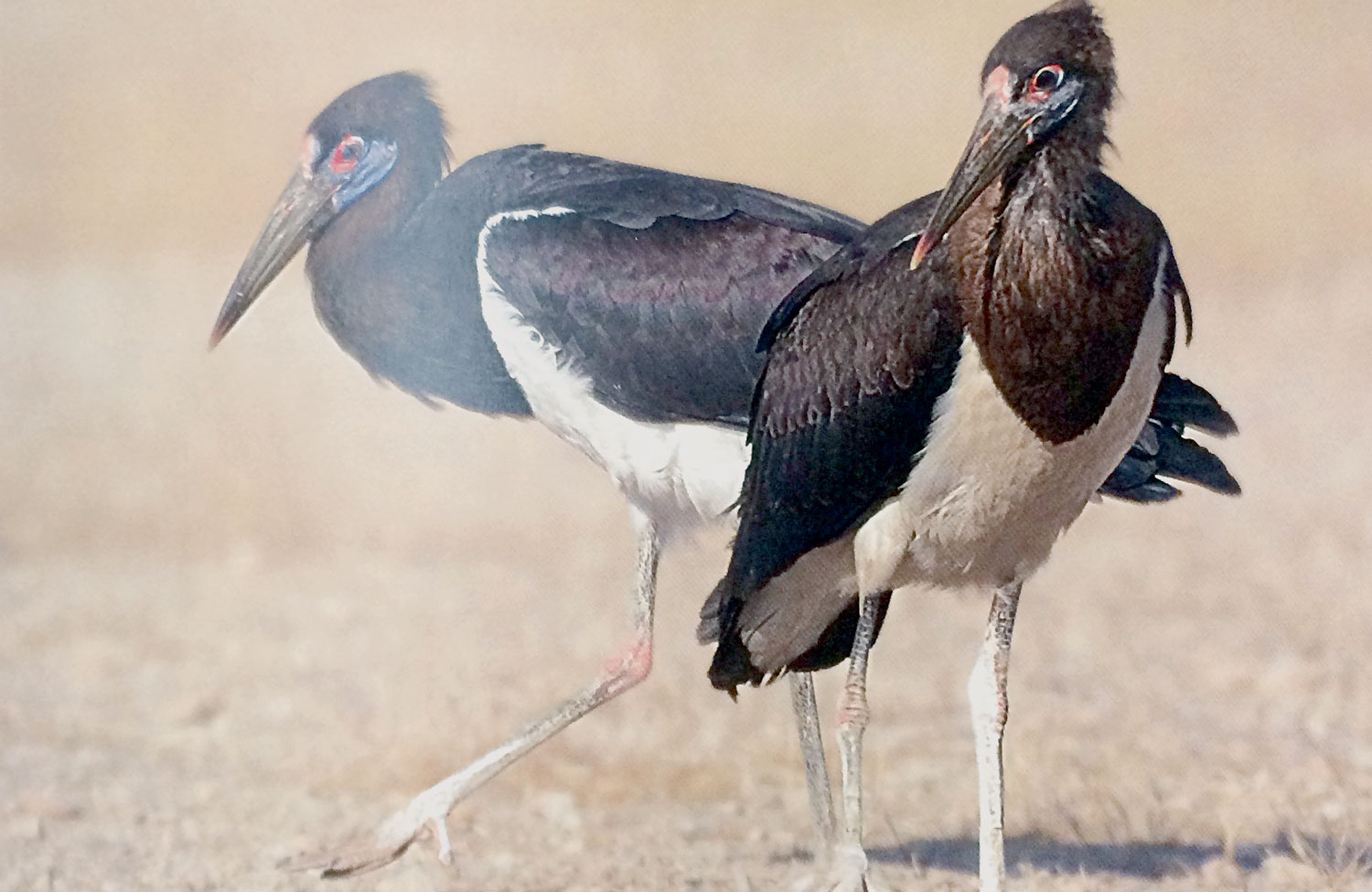

Salalah, Jan 23 - The wetlands of Dhofar are seeing a huge turnout of migratory birds providing a treat for the bird lovers. Most of the lagoons in the governorate are favourite habitats for the winged visitors.
For instance, the Mughsayl lagoon, known locally as Khawr al Mughsayl, is visited by migratory birds not only during winter but other seasons too. The flocks, of course, are different each season.
The winged visitors migrate mainly from Africa, Europe and India, while some have become permanent residents.
Equally popular among the migratory birds is the lagoon of Al Baleed or Khawr al Baleed. “It takes its name from the ancient city that lies on the banks of the lagoon. It flanks the city on the east and north. In ancient times, the lagoon was connected to the sea and used as a natural port due to its depth in some parts,” said a source in the Ministry of Tourism.
Nasser al Kindi, a wildlife photographer and recipient of Sultan Qaboos Award for Voluntary Work in 2012, has written about three main regions for bird migration in Oman as well as routes followed by different bird species.
His well-researched book, titled ‘Birds in Oman’, contains extensive details about native and migratory birds, migratory behaviour and other finer details.
He said: “The Oman bird list has recorded sightings of 522 bird species as of May 2015. They belong to 76 out of the 231 families that are extinct — some are endemic to Oman and GCC region and constitute five per cent of the total number of species found worldwide.”
According to him, some places in Salalah attract a large number of migratory birds. These are: Taqah, Raysut and Dahariz.
Abdim’s Stork, according to him, is a winter visitor to Dhofar but can be found in small numbers in spring, autumn and winter.
“It is found in small flocks in and around Raysut waste area; it prefers open areas where it can feed on caterpillars and other large flying insects and mice.”
“Similarly Indian Pond Heron is a winter visitor to Salalah and stays till early summer. It stands at the water’s edge waiting for its prey of fish, toads, crabs and insects. If the water is deep, it stands on rocks and plants,” said Al Kindi.
He finds Dhofar an interesting location to watch the movements of birds, especially during winter because the winged guests this time around travel from far-off places in search of cozy climes for their sustenance.
Khalid Hassan Ateeq is a nature lover who has a special interest in birds. He says both birds and humans from Europe look for a cozy place to beat the harsh winter, and hence migrate to Salalah.
“It may seem like a coincidence that birds and humans are travelling to same destinations at the same time. But looking at the geographical conditions at both ends, it becomes clear why both the species are behaving in the same manner. Of course, it is harsh winter that forces them to look for some sunny location and to most of them Oman proves to be the best location,” said Ateeq.
Oman Observer is now on the WhatsApp channel. Click here



